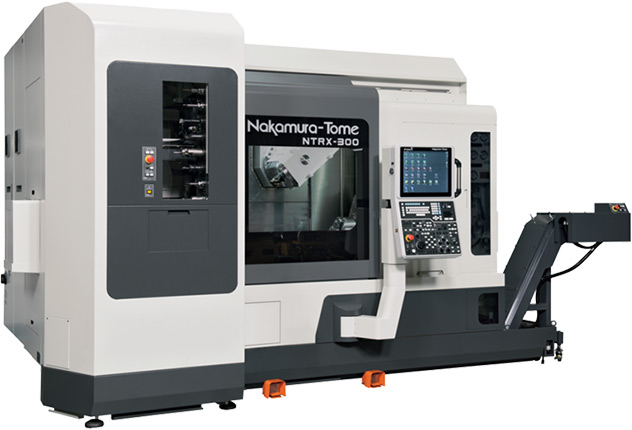sewer cleaning hoses
Sewer Cleaning Hoses Essential Tools for Effective Drain Cleaning
In the realm of plumbing and drainage maintenance, few tools are as critical as sewer cleaning hoses. These specialized hoses play a vital role in ensuring that our sewer systems remain free of clogs and debris, thereby protecting public health and environmental integrity. This article delves into the importance of sewer cleaning hoses, their types, operating principles, and best practices for use and maintenance.
Understanding Sewer Cleaning Hoses
Sewer cleaning hoses, often referred to as drain cleaning hoses or pressure hoses, are designed to clear blockages in sewage systems. They are typically made from durable materials such as polyurethane or rubber, which are resistant to chemicals and physical wear. These hoses are equipped with nozzles that direct high-pressure water streams to dislodge accumulated debris, grease, tree roots, and other obstructions that may impede the flow of waste.
Types of Sewer Cleaning Hoses
There are several types of sewer cleaning hoses available, each tailored to specific cleaning scenarios. The most common types include
1. Jetting Hoses These hoses are the most popular choice for professional sewer cleaning services. Jetting hoses can handle extremely high pressures, often exceeding 4,000 PSI, allowing them to effectively remove stubborn blockages. They come in various diameters and lengths, making them versatile for different pipe sizes and conditions.
2. Suction Hoses Used primarily for transporting wastewater and sludge, suction hoses are essential in combination with vacuum trucks. While they do not actively clear blockages like jetting hoses, they are crucial in cleaning up the debris once it has been dislodged.
3. Lateral Launch Hoses These specialized hoses are used to navigate tight bends and corners in sewer systems, allowing for targeted cleaning of lateral lines connected to the main sewer. Their unique design enables them to effectively clear smaller pipes.
Operational Principles
sewer cleaning hoses

Using sewer cleaning hoses involves a few critical steps. Typically, the operator will insert the hose into a cleanout or access point in the sewer line. Once the hose is coupled to a high-pressure water source, the nozzle directs the water jets toward the clog. The force of the water not only breaks up the obstruction but also flushes it down the line, restoring normal flow.
It’s important to calculate the appropriate pressure settings for each specific job, as different materials and types of blockages may require varying levels of force. Excessive pressure can damage pipes, especially older or deteriorating ones, so operators must exercise caution and expertise during the cleaning process.
Best Practices for Sewer Cleaning Hose Maintenance
Proper maintenance of sewer cleaning hoses is essential to ensure their longevity and effectiveness. Here are a few best practices
1. Rinse and Clean After each use, hoses should be thoroughly rinsed with clean water to remove any debris or corrosive substances. A routine cleaning will help prevent blockages within the hose.
2. Inspect Regularly Regular inspections for wear, cracks, or leaks are crucial. Any damaged areas should be repaired promptly or the hose replaced to avoid complications during operation.
3. Storage Hoses should be stored in a cool, dry place away from excessive heat and UV radiation, which can degrade the material over time. Properly coiling hoses will also prevent kinks and other damage.
Conclusion
Sewer cleaning hoses are indispensable tools for maintaining our drainage systems, helping to avert health hazards and environmental issues. By understanding the different types of hoses, their operational principles, and employing best practices for maintenance, both professionals and DIY enthusiasts can ensure effective drain cleaning. Whether in residential settings or municipal projects, the right sewer cleaning hose can make all the difference in maintaining a clear and functional sewer system.
-
Ultimate Spiral Protection for Hoses & CablesNewsJun.26,2025
-
The Ultimate Quick-Connect Solutions for Every NeedNewsJun.26,2025
-
SAE J1401 Brake Hose: Reliable Choice for Safe BrakingNewsJun.26,2025
-
Reliable J2064 A/C Hoses for Real-World Cooling NeedsNewsJun.26,2025
-
Heavy-Duty Sewer Jetting Hoses Built to LastNewsJun.26,2025
-
Fix Power Steering Tube Leaks Fast – Durable & Affordable SolutionNewsJun.26,2025

